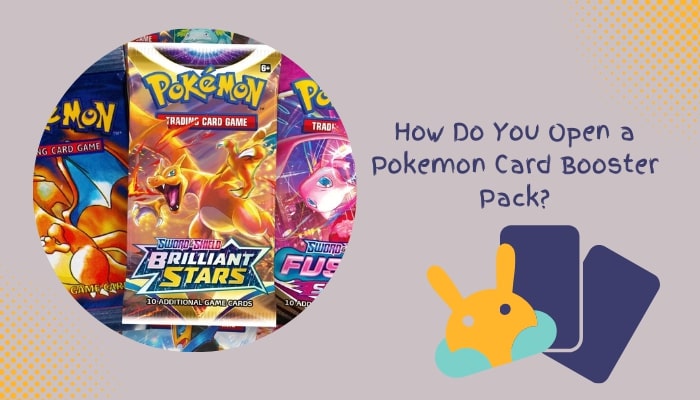Welcome to the enchanting realm of pocket monsters, Pokemon, where the thrill of exploration meets the excitement of discovery. Opening a booster pack is an experience that transcends generations and transcends the boundaries of the physical and digital world. In this comprehensive guide, we will delve into the art of unveiling a booster pack, exploring the intricate details and techniques to ensure an enjoyable and rewarding experience. So, buckle up as we embark on this exhilarating journey together!
The Magic Behind Booster Packs
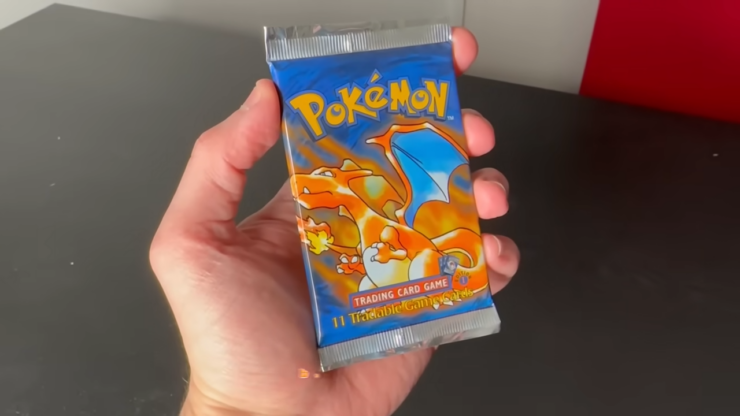
The world of Pokemon has captivated fans for decades, and the thrill of opening a booster pack remains an essential part of the experience. Each pack is a treasure trove of potential, housing a diverse array of creatures, items, and trainers waiting to be discovered. Booster packs are designed to provide a sense of excitement and anticipation, with the element of chance making each reveal a momentous occasion. This section will explore the history of booster packs and the role they play in the pocket monster universe.
The Anatomy of a Booster Pack
Before we dive into the process of opening your pack, it’s crucial to understand the structure and contents of a booster pack. A typical pack contains a selection, including creatures, trainers, and energy cards, each with varying degrees of rarity. In this section, we’ll discuss the different components that make up a booster pack and the essential factors to consider when preparing to open one.
Card Distribution

Booster packs often contain a predetermined number of cards, with a specific distribution of card types and rarity levels. While the exact distribution may vary between sets and releases, a common breakdown includes the following:
- 1 Rare or higher rarity card
- 3 Uncommon cards
- 5 Common cards
- 1 Basic Energy card
- 1 Online code card (for redeeming digital packs)
Card Rarity
Each card in a booster pack is assigned a rarity level, which indicates its scarcity and potential value. Rarity levels are typically represented by a symbol on the card, with the following classifications:
- Common (circle symbol)
- Uncommon (diamond symbol)
- Rare (star symbol)
- Holo Rare (star symbol with a holographic finish)
- Ultra Rare (star symbol with a unique design)
- Secret Rare (star symbol with a unique design and a higher card number than the set)
Understanding these classifications will help you appreciate the significance of your discoveries and provide a deeper connection to your growing collection.
Techniques for Opening Your Booster Pack
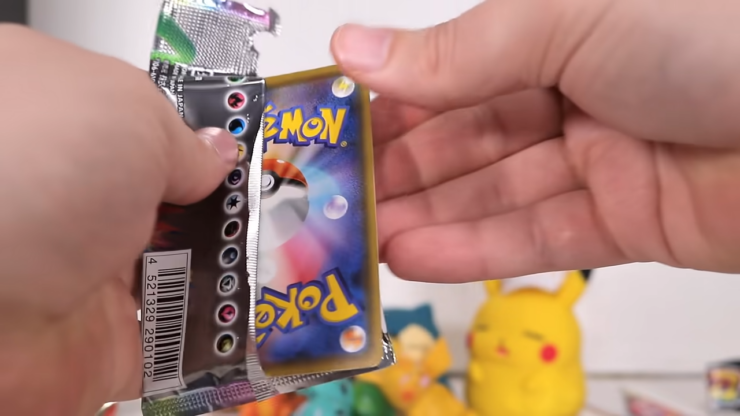
Now that we have a better understanding of the contents and structure of a booster pack, it’s time to dive into the art of opening one. In this section, we’ll discuss various techniques and tips to ensure a smooth and enjoyable experience.
The Standard Approach
The most straightforward method for opening a booster pack involves carefully tearing the top of the pack, creating an opening through which the cards can be removed. This approach requires patience to avoid damaging the cards inside. Follow these steps for a successful standard opening:
- Hold the pack with the front facing you, and gently pinch the top edge between your thumb and index finger.
- Apply gentle pressure and pull the top edge apart, creating a small tear.
- Slowly pull the two sides apart, widening the opening and revealing the cards inside.
- Carefully slide the cards out of the pack, taking care not to bend or scratch them.
The Scissors Method
For those who prefer a more precise approach, using scissors can provide a clean and controlled opening. This method requires caution to avoid cutting the cards inside. Follow these steps for a successful scissor opening:
- Hold the pack with the front facing you, ensuring there is enough space at the top to cut without risking damage to the cards.
- Carefully cut along the top edge of the pack, creating a clean opening.
- Gently slide the cards out of the pack, taking care not to bend or scratch them.
- Preserving Your Cards: Handling with Care – Once you have successfully opened your booster pack, it’s essential to handle your cards with care to preserve their condition and value. This section will provide tips and techniques for proper card handling, storage, and display.
Handling Your Cards
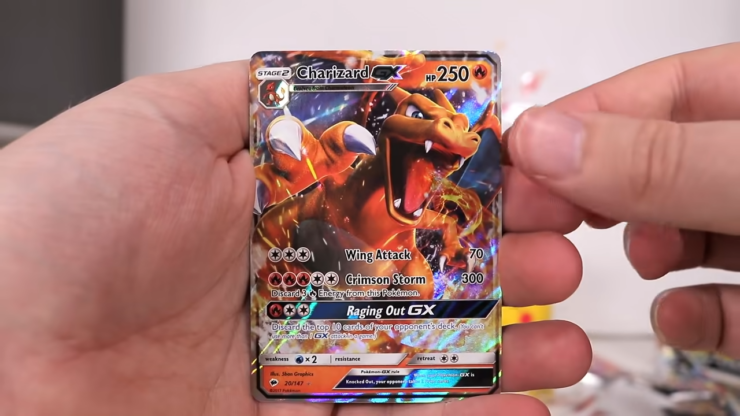
To avoid damaging your cards, always handle them with clean hands and avoid touching the surface of the card. When holding a card, grasp it by the edges, avoiding contact with the face or back. This will help prevent fingerprints, smudging, or scratching.
Storing Your Cards
To keep your cards in optimal condition, store them in a cool, dry place. Invest in protective sleeves, toploaders, or binders specifically designed for collectible cards. These storage solutions will help prevent bends, scratches, and other damage.
Displaying Your Cards
When showcasing your prized cards, it’s essential to maintain their condition while making them accessible for viewing. Consider using card stands or display cases designed for collectible cards, which will protect them from dust, sunlight, and accidental damage while highlighting their unique features.
Expanding Your Collection: Trading and Organizing
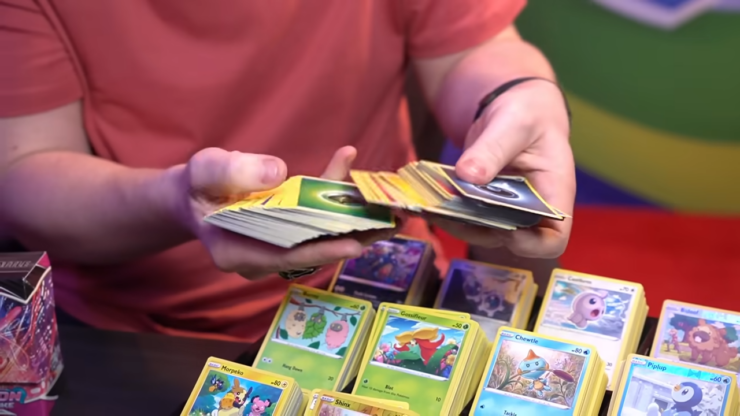
As your collection of Pokemon grows, you’ll likely want to trade and organize your cards to create a well-rounded and personalized assortment. This final section will discuss strategies for trading and organizing your cards effectively.
Trading Tips
Trading can be an enjoyable and rewarding aspect of collecting, allowing you to acquire specific cards to complete sets or strengthen your decks. When trading, keep the following tips in mind:
- Establish card values using reputable price guides or online resources to ensure fair trade.
- Be transparent about the condition of your cards and expect the same from your trading partners.
- Trade with trusted individuals or through reputable trading communities to minimize the risk of scams.
Organizing Your Collection
As your collection expands, organizing your cards will become increasingly important. Consider using the following methods to keep your collection in order:
- Sort cards by set, type, or rarity to create a logical and easy-to-navigate structure.
- Label binder pages, dividers, or storage boxes to quickly locate specific cards or sections.
- Regularly update your organization system as you acquire new cards, ensuring your collection remains orderly and accessible.
Final Words
Embracing the world of Pokemon is an exciting and rewarding journey, and the art of opening booster packs is an integral part of the experience. By understanding the anatomy of a booster pack, mastering various opening techniques, and practicing proper card handling, storage, and display, you can fully immerse yourself in the thrill of discovery and the joy of collecting. As you continue to explore and expand your collection, remember that the true magic lies in the shared passion and camaraderie of the pocket monster community. Happy collecting!

